
| KATE
JAMES |
MIT
4.213J/11.308J URBAN NATURE AND CITY DESIGN |

| - - - > SCORE CASE STUDY: > INTRO |
| - - - > CLASS HOME |
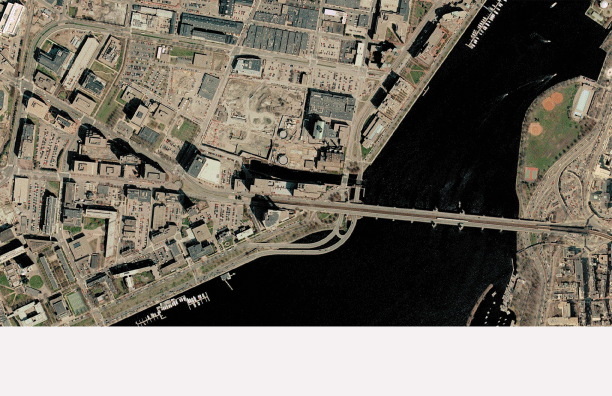
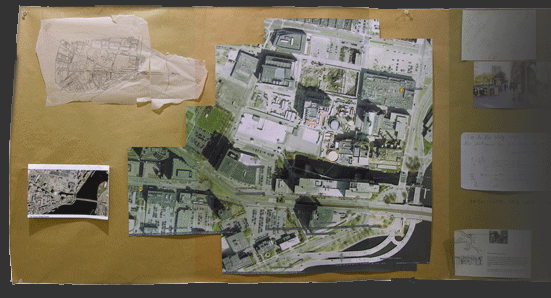
In the Broad Canal score, the goal is to attain some comprehension of the natural processes and forces at work throughout the site and their relationships. Participants are considered informants to a possible replanning of open space in the area. The instructions are meant to be suggestive, though the experience is intended to be highly individuated. The results should not be oriented towards recording distances and activities “accurately,” but rather paying close attention to your more unfiltered response (accept and reflect on your perceptions and “misperceptions” equally). |
|
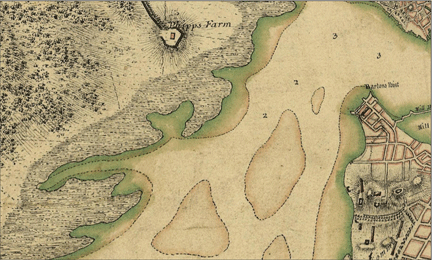 |
1775 |
The City Score case study here was performed by the Urban Nature class during the first week of November, 2005. Each class member was given a workbook, which guided them through a course beginning at the Kendall Square T stop, Broad Canal and the surrounding area. The results were then compiled in a large-scale collage format for class discussion.
Broad Canal was chosen as the site for the class score experiment for
several reasons: it is easy to access by T, it is located at a key point
in the Cambridge/ Boston boundary of the Charles River, and it has a
long history of flux and adjustment. The canal, once used as a shipping
route outside of Kendall Square in Cambridge, has been shortened over
time to make room for development. This active past has left some trace
on the current site, crowded with high-tech office parks and very limited
canal access. Huge concrete bridge counterweights loom static above
Memorial Drive; some urban wilds have sprung up at the canal's end,
suggesting some struggle between the truncated canal and the asphalt
road directly beyond it.
As with any score, one must accept agency for the subjective choreography. The instructions were designed based on certain assumptions and reads of the site on my part. The subjective responses of the participants were then layered onto my designed inquiries to create a more complex map of understanding about the multi-layered dynamics of the canal area.
The results of the Broad Canal score collectively spoke of possible frameworks for the future planning of the site area. More than posing specific design responses, the holistic view of the impressions and experiences of the participants allows pressing design frameworks and site issues to emerge for further consideration.
The following pages (parts 1-7) show both the pages in the workbook (at the top of each section) and some of the responses received- in the form of text, photographs, and sketches for that section. |
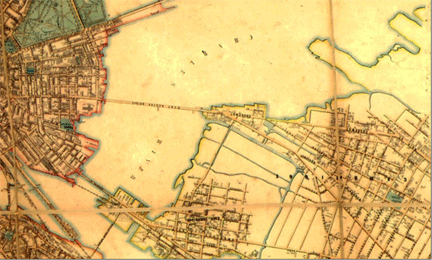 |
1852 | |
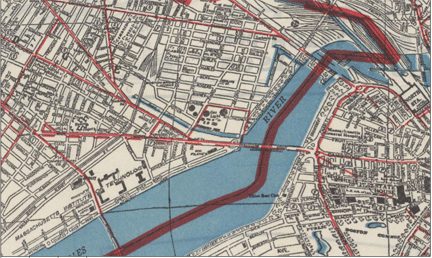 |
1930 | |
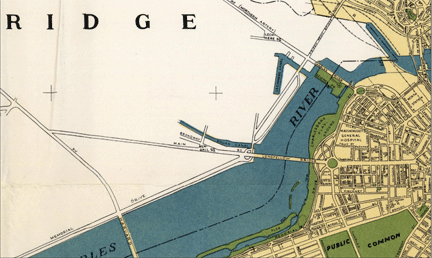 |
1954 | |
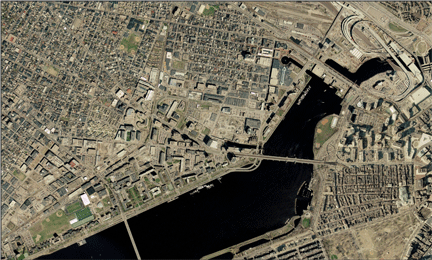 |
2003 |